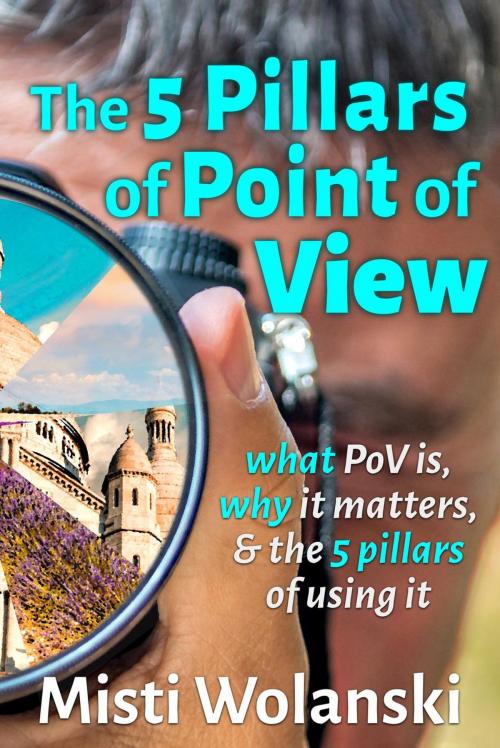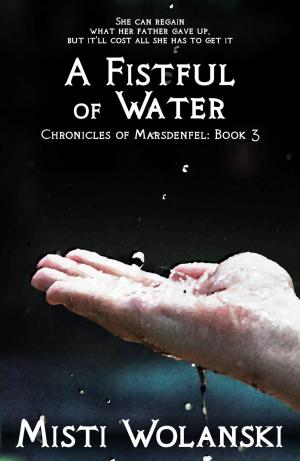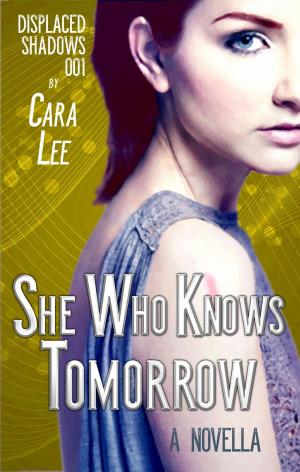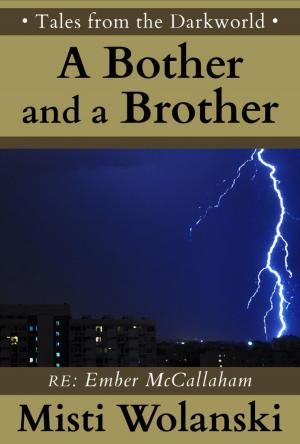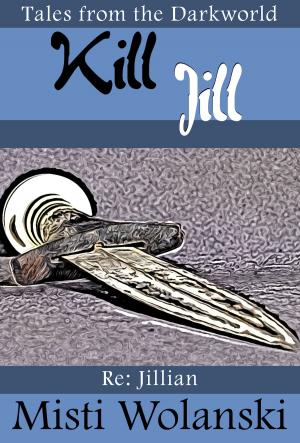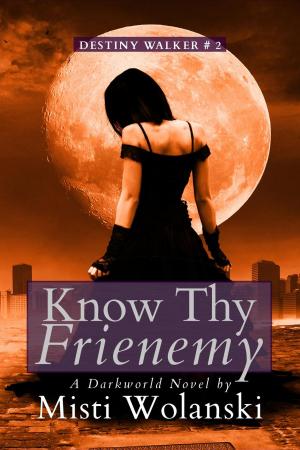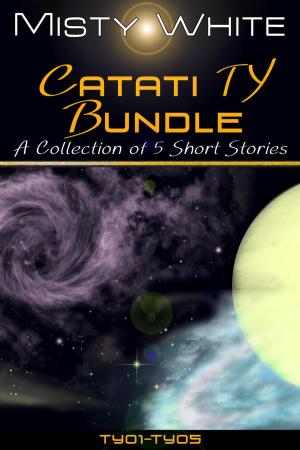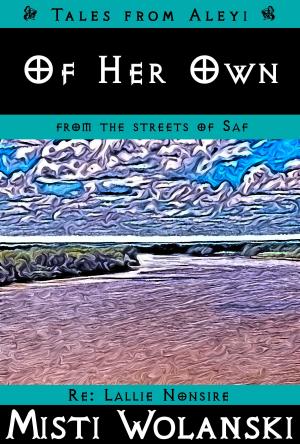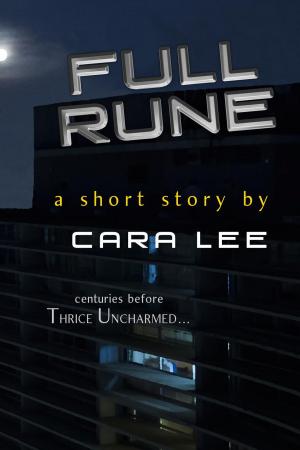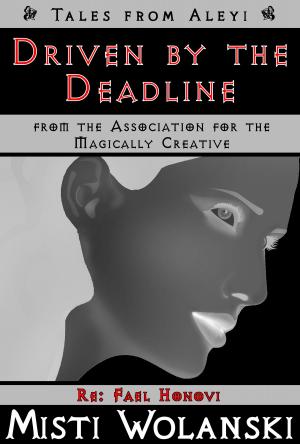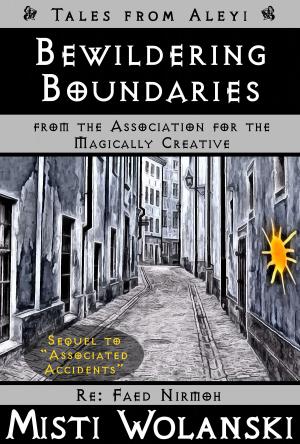The 5 Pillars of Point of View: what PoV is, why it matters, and the 5 pillars of using it
Another Author's 2 Pence, #2
Nonfiction, Reference & Language, Language Arts, Writing & Publishing, Composition & Creative Writing| Author: | Misti Wolanski | ISBN: | 9781524255176 |
| Publisher: | Misti Wolanski | Publication: | January 13, 2016 |
| Imprint: | Language: | English |
| Author: | Misti Wolanski |
| ISBN: | 9781524255176 |
| Publisher: | Misti Wolanski |
| Publication: | January 13, 2016 |
| Imprint: | |
| Language: | English |
Are you struggling to deepen your scene? Do your readers ask why the main character did something? Do your stories feature too many major characters for the story's length?
Those are all problems that a solid understanding of the pillars of PoV can help or even outright fix, for your intended audience.
If you know what problems you’re prone to, you can choose to write with the precise PoV that minimizes or completely avoids whichever major problem (or, often, problems) that you’re struggling with.
Point of view is the foundation of solid writing. Forget grammar and spelling—as long as what you intended to say is actually on the page, you can fix those things later. But point of view?
Mess up your point of view, and your book will be a mess.
Books with messed-up points of view aren’t necessarily unreadable. Strong story can trump even weak point of view, but it’ll affect your story’s audience, and it’ll affect your story itself. A weak point of view may even be what you intended, could be what suits your story best…but it probably isn’t.
It’s like when you’re trying to figure something out without actually knowing what you’re doing. You can end up accidentally accomplishing exactly what you wanted.
More likely? You end up with something that isn’t quite what you intended.
It’ll suffice. Maybe.
Point of view is the same way. You can function as a writer without using it on purpose.
But you can use it to make your story and characters that much stronger and deeper—and you can feel more confident about whatever you’ve chosen. Because whatever point of view you use, somebody isn’t going to like it.
And if your PoV is solid, your fans will praise you for those very things others complain about.
Learn PoV before the critics come a-calling, so when those naysayers dive-bomb you, you can smile politely and remind yourself that there are many, many ways to present a story, and you picked the method(s) you used on purpose.
Use of point of view can help your story’s voice, relatability, and memorability.
Sound too good to be true?
By paying attention to and making good use of point of view, I went from being utterly unable to apply the grammar rules (and hardly writing at all) to working as a freelance writer and editor (and having a short story published) in less than five (5) years.
Am I saying you’ll take as long as I did? No.
Am I saying you’ll improve as quickly as I did? No.
I’m saying point of view can be a “magic bullet” for a lot of things, which can help you improve more quickly as a writer.
Now, “point of view” doesn’t help everything.
This book is not going to tell you how to find your target audience and write a mega-seller.
This book is not going to tell you which point of view would best suit your writing development, because I’ve not seen your writing and haven’t a clue. I can give you some guidelines to help you figure it out, but I can’t just tell you the single magic bullet for what you need. Sorry. Writing doesn’t work that way.
This book is going to tell you the various components of point of view and the effects they have, so you can evaluate your own writing and target audience and select what suits you.
This book can even have real-life consequences, too, if you let it—but that’s something to discuss inside.
So come explore what point of view is and the 5 pillars of using it for little more than the price of your usual latte.
Are you struggling to deepen your scene? Do your readers ask why the main character did something? Do your stories feature too many major characters for the story's length?
Those are all problems that a solid understanding of the pillars of PoV can help or even outright fix, for your intended audience.
If you know what problems you’re prone to, you can choose to write with the precise PoV that minimizes or completely avoids whichever major problem (or, often, problems) that you’re struggling with.
Point of view is the foundation of solid writing. Forget grammar and spelling—as long as what you intended to say is actually on the page, you can fix those things later. But point of view?
Mess up your point of view, and your book will be a mess.
Books with messed-up points of view aren’t necessarily unreadable. Strong story can trump even weak point of view, but it’ll affect your story’s audience, and it’ll affect your story itself. A weak point of view may even be what you intended, could be what suits your story best…but it probably isn’t.
It’s like when you’re trying to figure something out without actually knowing what you’re doing. You can end up accidentally accomplishing exactly what you wanted.
More likely? You end up with something that isn’t quite what you intended.
It’ll suffice. Maybe.
Point of view is the same way. You can function as a writer without using it on purpose.
But you can use it to make your story and characters that much stronger and deeper—and you can feel more confident about whatever you’ve chosen. Because whatever point of view you use, somebody isn’t going to like it.
And if your PoV is solid, your fans will praise you for those very things others complain about.
Learn PoV before the critics come a-calling, so when those naysayers dive-bomb you, you can smile politely and remind yourself that there are many, many ways to present a story, and you picked the method(s) you used on purpose.
Use of point of view can help your story’s voice, relatability, and memorability.
Sound too good to be true?
By paying attention to and making good use of point of view, I went from being utterly unable to apply the grammar rules (and hardly writing at all) to working as a freelance writer and editor (and having a short story published) in less than five (5) years.
Am I saying you’ll take as long as I did? No.
Am I saying you’ll improve as quickly as I did? No.
I’m saying point of view can be a “magic bullet” for a lot of things, which can help you improve more quickly as a writer.
Now, “point of view” doesn’t help everything.
This book is not going to tell you how to find your target audience and write a mega-seller.
This book is not going to tell you which point of view would best suit your writing development, because I’ve not seen your writing and haven’t a clue. I can give you some guidelines to help you figure it out, but I can’t just tell you the single magic bullet for what you need. Sorry. Writing doesn’t work that way.
This book is going to tell you the various components of point of view and the effects they have, so you can evaluate your own writing and target audience and select what suits you.
This book can even have real-life consequences, too, if you let it—but that’s something to discuss inside.
So come explore what point of view is and the 5 pillars of using it for little more than the price of your usual latte.
